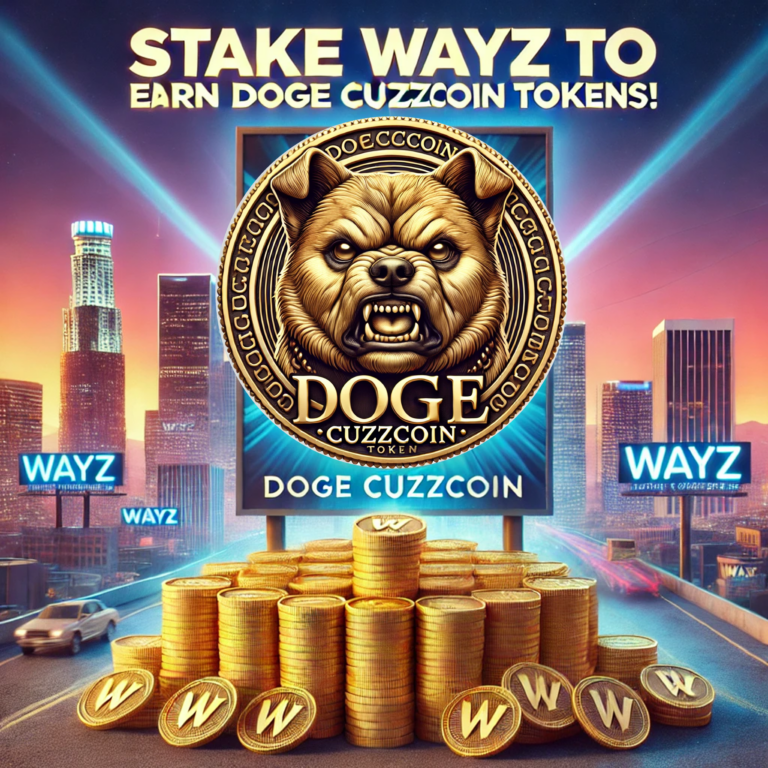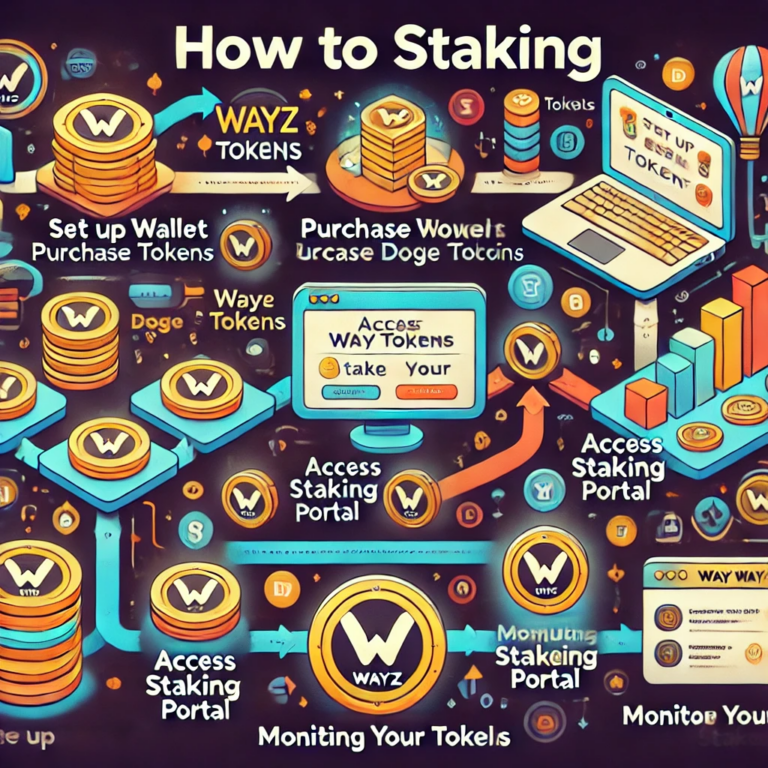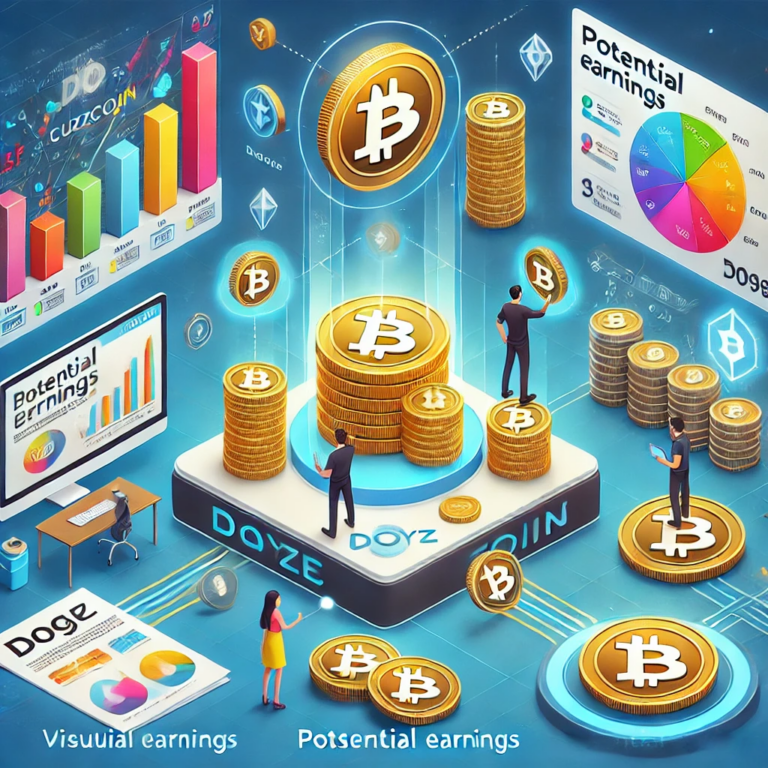First, STAY AWAY FROM Bitcoin ATM!!! They are out there now. The issue with them is that it is physical, and crypto is digital. That means people can put a man in the middle of the ATM and the digital connection.
Read or Click to Read!
- Bitcoin (BTC) is known as the first open-source, peer-to-peer, digital cryptocurrency that was developed and released by a group of unknown independent programmers named Satoshi Nakamoto in 2008. Cryptocoin doesn’t have any centralized server used for its issuing, transactions and storing, as it uses a distributed network public database technology named blockchain, which requires an electronic signature and is supported by a proof-of-work protocol to provide the security and legitimacy of money transactions. The issuing of Bitcoin is done by users with mining capabilities and is limited to 21 million coins. Currently, Bitcoin’s market cap surpasses $138 billion and this is the most popular kind of digital currency. Buying and selling cryptocurrency is available through special Bitcoin exchange platforms or ATMs.
Here’s a breakdown of what it’s saying to help beginners understand what the above means:
- Bitcoin (BTC): Bitcoin is a digital currency, often abbreviated as BTC, that allows people to send money to each other electronically without needing a bank or government in between.
- Open-source: This means the software code behind Bitcoin is available for anyone to see, use, or modify. It’s not owned by a company or person.
- Peer-to-peer: This refers to direct transactions between individuals, without intermediaries like banks. The network relies on users rather than a central authority to validate and confirm transactions.
- Digital cryptocurrency: Bitcoin exists only in digital form; it doesn’t have a physical counterpart like paper money. It is a type of currency secured by cryptography, which ensures its integrity and prevents counterfeiting.
Developed and released by a group of unknown independent programmers named Satoshi Nakamoto in 2008
- Satoshi Nakamoto: This is the pseudonym used by the person or group that created Bitcoin. To this day, the true identity behind the name remains unknown.
- 2008: This is the year when Bitcoin was introduced through a whitepaper titled “Bitcoin: A Peer-to-Peer Electronic Cash System.” It was the first digital currency that solved many problems related to decentralized money transfer.
Cryptocoin doesn’t have any centralized server used for its issuing, transactions, and storing
- No centralized server: Bitcoin operates without a central authority like a bank or government. There is no single server or entity that controls it.
- Issuing, transactions, and storing: This refers to the fact that creating new Bitcoins, sending them, and storing them is done through decentralized means, using a network of computers instead of a centralized system like traditional banking.
It uses a distributed network public database technology named blockchain
- Distributed network: A group of computers (nodes) around the world work together to maintain the system. Each node has a copy of the entire transaction history of Bitcoin.
- Public database technology (blockchain): The blockchain is a type of digital ledger that records every transaction made with Bitcoin. It’s called a “blockchain” because it is composed of blocks (which hold transaction information) that are linked together in a chain. This makes the data secure and transparent.
Which requires an electronic signature and is supported by a proof-of-work protocol to provide the security and legitimacy of money transactions
- Electronic signature: To send Bitcoin, users need to sign their transactions using a private key, which is a piece of cryptographic data that proves ownership of the Bitcoin.
- Proof-of-work protocol: This is a system that requires computers (miners) to solve complex mathematical problems to confirm transactions and add them to the blockchain. This process makes the system secure by preventing fraudulent activities, as it requires significant computational effort (work) to add new data to the blockchain.
The issuing of Bitcoin is done by users with mining capabilities and is limited to 21 million coins
- Issuing of Bitcoin: New Bitcoins are created through a process called mining, where computers solve those proof-of-work puzzles to confirm transactions.
- Mining capabilities: Users who operate these computers are called miners. They are rewarded with new Bitcoins for their work.
- Limited to 21 million coins: There will only ever be 21 million Bitcoins created, making it a scarce resource. Once all are mined, no new Bitcoins will be issued.
Currently, Bitcoin’s market cap surpasses $138 billion and this is the most popular kind of digital currency
- Market cap: This refers to the total value of all Bitcoins in circulation. It is calculated by multiplying the price of a single Bitcoin by the number of Bitcoins in existence.
- Most popular kind of digital currency: Bitcoin is the most widely known and used cryptocurrency, often seen as the face of the entire crypto industry.
Buying and selling cryptocurrency is available through special Bitcoin exchange platforms or ATMs
- Bitcoin exchange platforms: These are websites where people can buy or sell Bitcoin using traditional currency (like dollars or euros) or other cryptocurrencies.
- Bitcoin ATMs: Special machines that allow users to buy Bitcoin with cash or sometimes sell Bitcoin for cash, similar to how a traditional ATM works with bank accounts.
This breakdown provides a clearer understanding of how Bitcoin works and some of the key concepts surrounding it, such as blockchain, mining, and decentralized finance.





